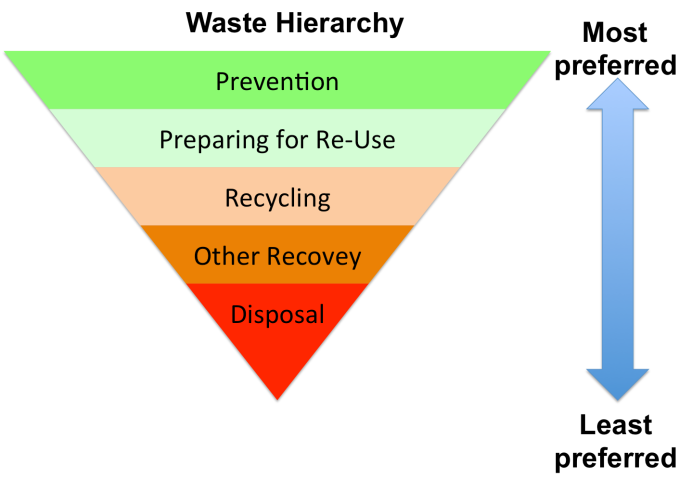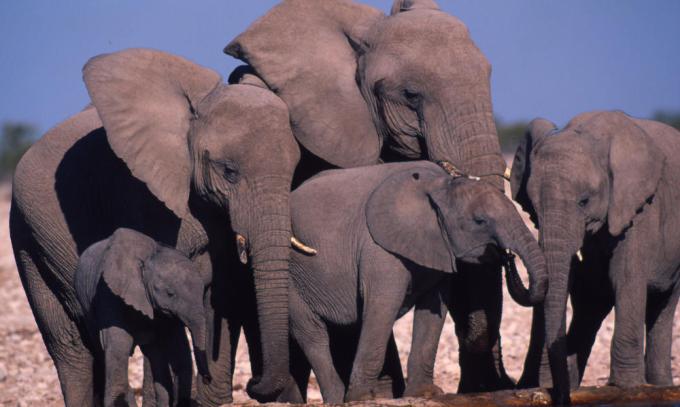I had the chance to attend the 18th Conference of Parties of the Convention on International Trade in Endangered Species of Wild Fauna and Flora, or CITES CoP18 for short – I know you skipped everything to read the acronym and a summary. To simplify, the CITES CoP is a conference which happens every three years where Parties (countries and regional bodies like the EU) meet to decide how to regulate the international trade in certain endangered plant and animal species. The decisions are often influenced by scientific fact and political interests. For any conservationist reading this, I hope I summarized it well enough for my target audience – my twitter followers. Stomp your left foot in disapproval if I didn’t.
Aside from the main committee sessions at the conference where discussions, debates and voting happened, the conference also had multiple side events each day. These events revolved around advocacy and awareness-raising, progress reports, or support solicitation within the context of endangered species. I attended many of these side events, including one on the African vulture. The side event was organized by Birdlife International to raise awareness on the vulture crisis in Africa and to solicit support to push for increased protection for the vulture. As I did for the other side events I attended, I live posted with my personal twitter account. The reactions I got were quite interesting.
Note that I have tweeted about lions, elephants, otters, pangolins, and other species. None of them got the reaction the vultures got. Honestly, I understood why. Vultures look ugly. Growing up, I hated them partly because of their looks and partly thanks to things society made me believe about them. Vultures were associated with witchcraft and anything unwanted. Social beliefs aside, vultures look ugly. Did I already mention that?
The general disinterest in vultures because of their appearance is no isolated issue. There is a study that gives proof of people generally giving the cute, charismatic, and majestic animals more attention than the ‘ugly’ ones. You would find people rallying for the conservation of the lion, not for their ecological importance but for their looks. In as much as it’s understandable that beautiful animals have pretty privilege, it’s also harmful to conservation in general. You find that funding is disproportionate in conservation because the beautiful animals are more marketable. It shouldn’t be so. In the case of the African vulture, 7 species are on the brink of extinction, but the attention it receives pales in comparison to the attention the African elephant receives. In hindsight, I should’ve replied the tweets asking why vultures had to be protected with “well why should we protect lions?”
The decision to actively conserve certain plant and animal species depends on the ecological importance of that species, and/or proof of human activities threatening the survival of these species. It doesn’t depend on how cute the animals are. The protection of vultures is just as urgent as the protection of lions. Vultures aren’t known as ‘Nature’s Clean-up Crew’ for nothing. They clear away carcasses and prevent the spread of diseases such as rabies and tuberculosis. We need them alive. Unfortunately, 61% of vulture deaths from 26 countries in Africa have been due to poisoning. 29% of vulture deaths are associated with our superstitious beliefs. That’s a lot of preventable deaths.
It may seem like a lost cause, but it’s not too late. We can reorient our attitudes towards the African vulture and other ‘ugly’ animals. For starters, we can let our curiosity lead us to learn more about these neglected species and all endangered species in general. Everyone deserves to understand why we’re conserving this plant species or that animal species. We should take our own advice. You know, the one that says people should look beyond outward beauty and focus on what’s inside.

























